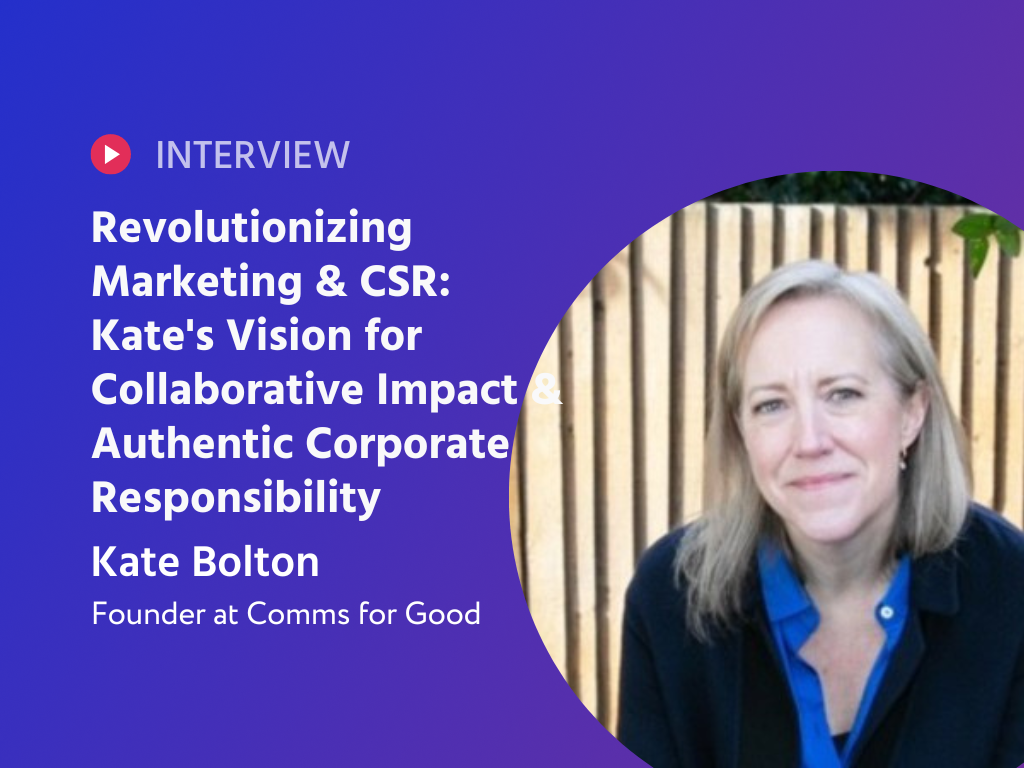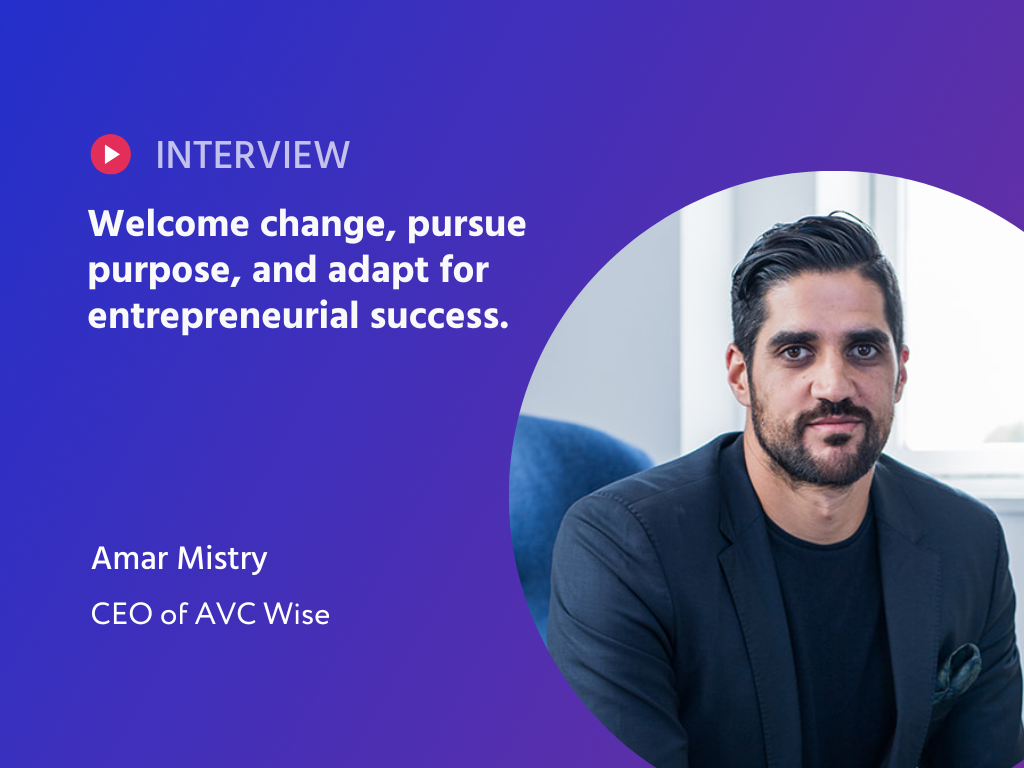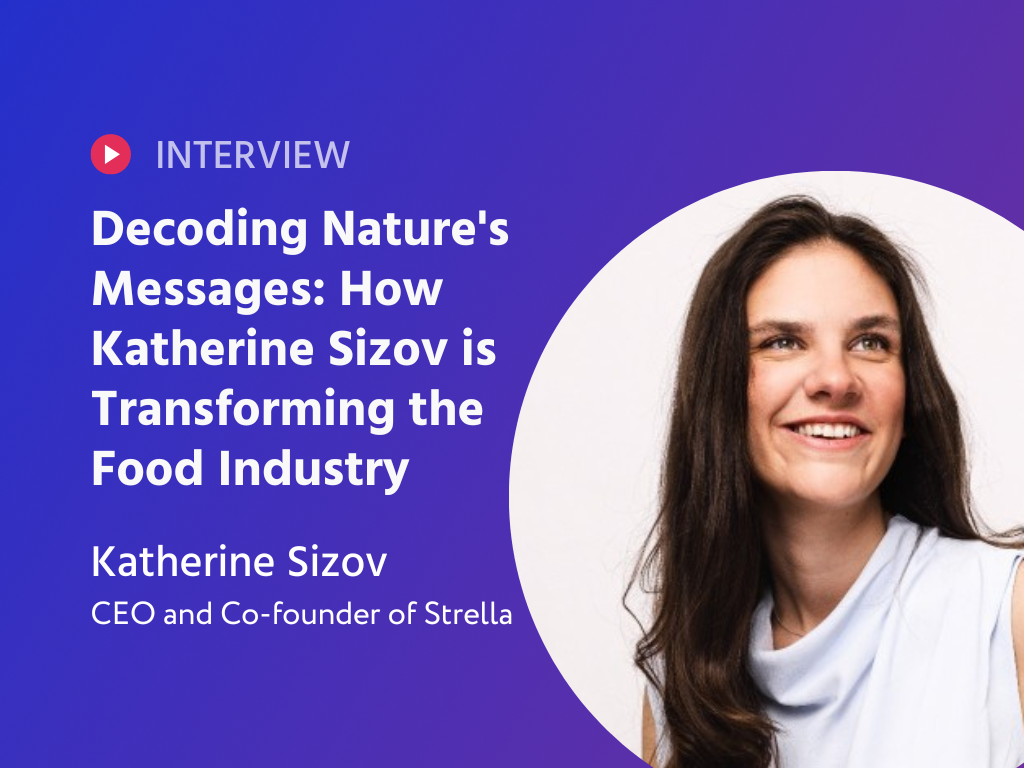In this edition of Bright Founders Talk Podcast, we had the pleasure of sitting down with Jim Biniyaz, the visionary CEO of ResilientX Security. With a strong foundation as a software developer and deep expertise in cybersecurity, Jim brings a unique, hands-on perspective to an increasingly complex industry.
Founded in 2022, ResilientX was created with a mission to solve persistent compliance challenges and streamline cybersecurity operations for modern businesses. During our conversation, Jim shared insights into how his company is hyper-automating compliance processes, particularly in areas like supply chain and posture management. He explained how cyber resilience goes beyond traditional defense—it’s a mindset that integrates security-by-design into the core of an organization.
As companies of all sizes face growing digital threats, Jim’s work emphasizes the importance of building secure foundations tailored to each industry’s unique needs. His journey from developer to entrepreneur is a compelling example of how technical experience can translate into strategic innovation. This interview offers valuable perspectives for anyone navigating the intersection of compliance, security, and growth in today’s tech-driven world.
It All Started with Code: How a Developer Turned Founder is Rethinking Cyber Resilience
Jim didn’t set out to be a CEO. In fact, he began his career where many great tech stories start — behind a keyboard, writing code. As a software developer working with cybersecurity companies, he slowly started connecting the dots. There were too many companies manually trudging through compliance frameworks, burning hours (and money) just to check boxes. The cybersecurity landscape felt bloated with consultants and inefficiency. “Why not build something better?” he thought. So, in 2022, ResilientX Security was born — a company aiming to hyper-automate compliance and security processes and make them scalable for real-world application.
Jim’s approach to cybersecurity is refreshingly straightforward. He’s not chasing buzzwords or selling fear. Instead, he’s focused on simplifying what companies often overcomplicate. “Most cyberattacks happen for a few very simple reasons,” he explained. Whether it’s a technical gap or human error, the causes are often obvious — but solving them? That’s the real challenge. This idea became the backbone of ResilientX’s two core offerings: supply chain management and posture management tools, designed to embed security thinking into everyday business ops. His view is that compliance shouldn’t be a burden — it should be the baseline.
Most cyberattacks happen for a few very simple reasons
The real standout in Jim’s philosophy, though, is cyber resilience. It's not just about defending your system — it’s about bouncing back. “Resilience is a mindset,” he told us, and you could tell he meant it. It’s no longer just about IT departments throwing up firewalls; today, major corporations are hiring “cyber resilience officers.” Jim sees this as a turning point — one where companies are starting to treat security like a living, breathing function of the business, not just a checklist. His mission? To build tools that not only protect but empower companies to evolve, adapt, and thrive in an unpredictable digital world.
Cyber Resilience Starts with Risk: Why Jim Believes Awareness Is Your Best Defense
When Jim walks into a new client relationship, he doesn’t bring a one-size-fits-all checklist. Instead, he starts with one simple question: What could go wrong here? That first assessment is everything. Whether the company’s building SaaS products, sending data across multiple third-party APIs, or juggling 200+ vendors, Jim’s first job is to expose the risk landscape—cyber, legal, reputational. Only when that map is clear can they decide what needs protecting most. “The more assets you have, the more protection you need,” Jim noted, and in today’s sprawling digital world, that can be quite a bit.
The more assets you have, the more protection you need
But here’s where it gets tricky—too many companies skip the basics. They jump straight into advanced tooling without foundational security hygiene. Jim sees it all the time: no annual penetration tests, no infrastructure scans, no routine threat simulations. “You can usually tell if a company takes security seriously,” he said, “by whether they do the fundamentals.” Surprisingly, compliance frameworks like SOC 2 or ISO 27001 often act as a helpful nudge. Not because they solve everything, but because they at least lay out the must-haves. Think of them as cybersecurity training wheels—enough to keep you from falling over, but not enough to win the race.
One area Jim is particularly passionate about is supply chain and third-party risk management. Large companies might share sensitive data with hundreds of vendors—each one a potential backdoor for attackers. That’s where ResilientX steps in, offering an end-to-end platform that assesses vendors, sends out security questionnaires, and helps companies stay ahead of cascading vulnerabilities. But beyond platforms and tools, it’s the rising wave of AI-powered phishing and data leaks that worry Jim the most. “AI is making phishing scary smart,” he warned, explaining how attackers are now tailoring emails using victims’ social media and browsing behavior. And with so much data being poured into AI systems daily, privacy concerns are no longer theoretical—they’re the next frontier.
From AI Assistants to Quantum Threats: Jim’s Take on What’s Coming for Cybersecurity
Ask Jim about the future of cybersecurity, and you’ll quickly realize — this isn’t just about firewalls anymore. AI is no longer a buzzword floating around in pitch decks; it’s already changing the game. According to Jim, many of the repetitive, junior-level tasks in cybersecurity — like compliance audits, basic threat monitoring, and even some parts of offensive security — are primed to be offloaded to AI within the next couple of years. “AI can already out-know a junior analyst in many areas,” he told us, hinting at a not-so-distant future where humans will act more like AI operators than traditional security personnel. That’s not a bad thing — it’s a shift. And like any shift, it’s going to take some getting used to.
AI can already out-know a junior analyst in many areas
But just when you think AI is the biggest disruption on the horizon, Jim drops the quantum computing bomb. While still emerging, he sees quantum as a genuine threat to one of cybersecurity’s most fundamental pillars: encryption. Today’s encryption keeps our bank accounts, emails, and medical records safe — but once quantum computing hits scale, those codes could be cracked like peanuts at a bar. “There’ll be a wave of changing encryptions,” Jim predicted, “just to keep up with quantum’s power.” It’s equal parts exciting and terrifying, and Jim’s hopeful (and curious) to see one of those machines up close one day. For now, though, he’s got his eye on how the industry will brace for the impact.
On the ground, Jim’s company, ResilientX, works with both scrappy startups and giant enterprises — and the experience is wildly different depending on who’s on the other side of the table. Startups, he says, are usually curious, open, and ready to experiment. But bigger organizations? “There’s more hesitation, more hoops,” he admits. Legacy companies in Europe, especially, prefer vendors with 5–10 years of track record — a challenge for any young cybersecurity firm trying to break in. Still, Jim believes there's room for newcomers, especially those offering real solutions with great support. His advice to companies who feel overwhelmed by all these shifts? Start small. Start smart. And don’t wait until you're the next headline to take cybersecurity seriously.
Start Small, Think Big: Jim’s Vision for a Smarter, Safer Digital Europe
For Jim, building a resilient company begins where all good journeys do — with the basics. No matter your industry, he says, your first move should be understanding the compliance frameworks that apply to your space. FinTech? Look at DORA. SaaS? Start mapping to ISO 27001. “Start from compliance and certificates,” he advises. But that’s just the tip of the iceberg. The real opportunity lies in transforming outdated, manual processes into streamlined, AI-powered systems that can scale. Jim sees a massive gap — and a bigger opportunity — in helping mid-sized companies not only secure themselves but also prove that security to partners, customers, and vendors in a fast, transparent way.
Start from compliance and certificates
One of the challenges Jim is itching to solve is what he calls the "LinkedIn for trust" in cybersecurity — a secure, verified network where companies can instantly demonstrate their security posture. No endless email chains. No long procurement audits. Just plug-and-play trust. It’s a simple idea, but one that could cut through mountains of red tape in today’s risk-averse B2B world. At ResilientX, the goal over the next decade is to automate even more of those painful manual processes — from risk assessments to penetration testing — using AI. And while the company is proudly rooted in Europe, Jim isn’t ruling out global expansion. “Europe has always had the first regulations,” he points out, “but the U.S. has the market and the mindset to adopt innovation faster.” His eyes are open to both.
And if you’re an aspiring founder reading this, Jim has one clear message for you: just start. It won’t be perfect. You’ll hesitate. You’ll second-guess. But that’s part of the game. “Just start — and never stop,” he says with a grin, reflecting on his own early days of uncertainty. He knows the entrepreneurial journey isn’t easy, but it’s rewarding. Building something from the ground up, watching it solve real problems, growing through failure — that’s what keeps him going. And judging by the fire in his voice, it’s only just the beginning.




